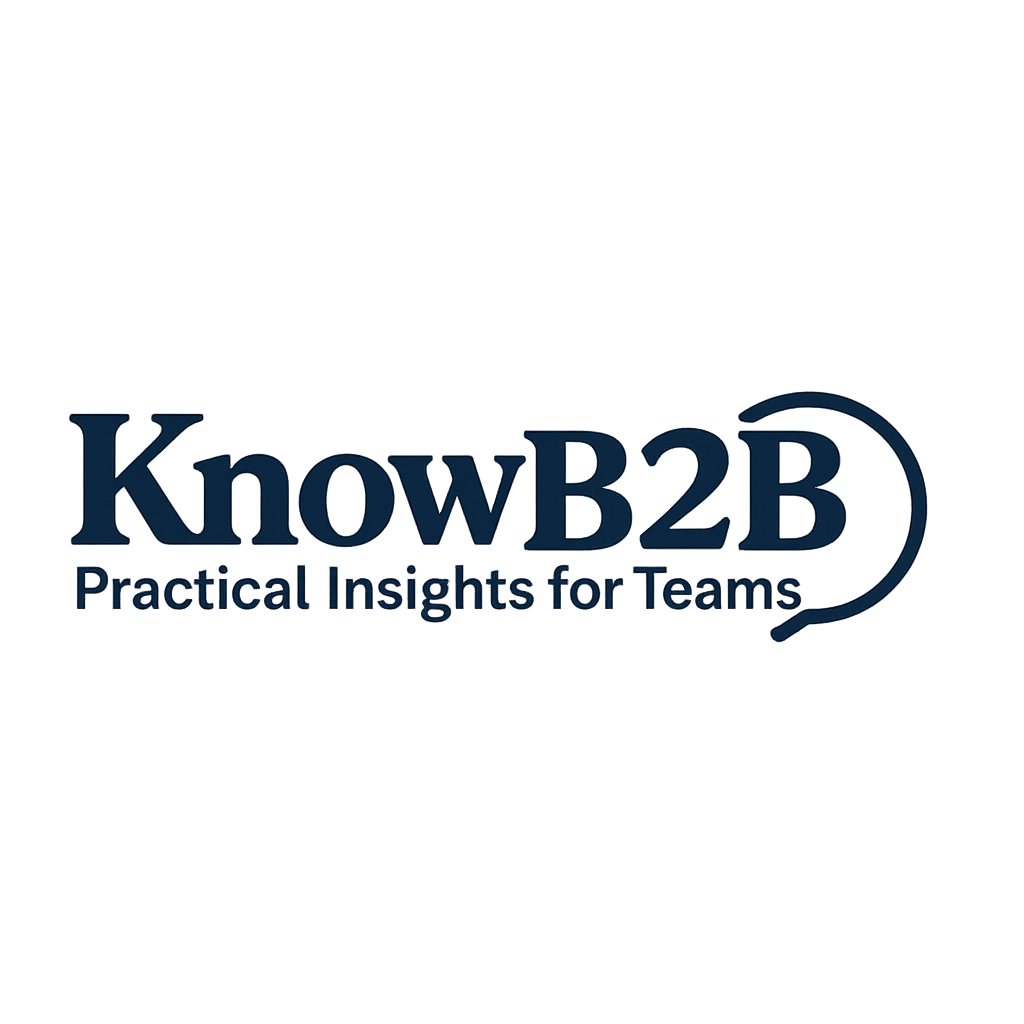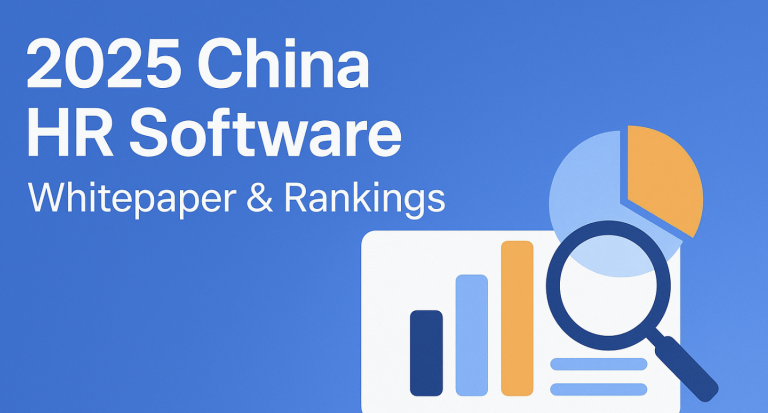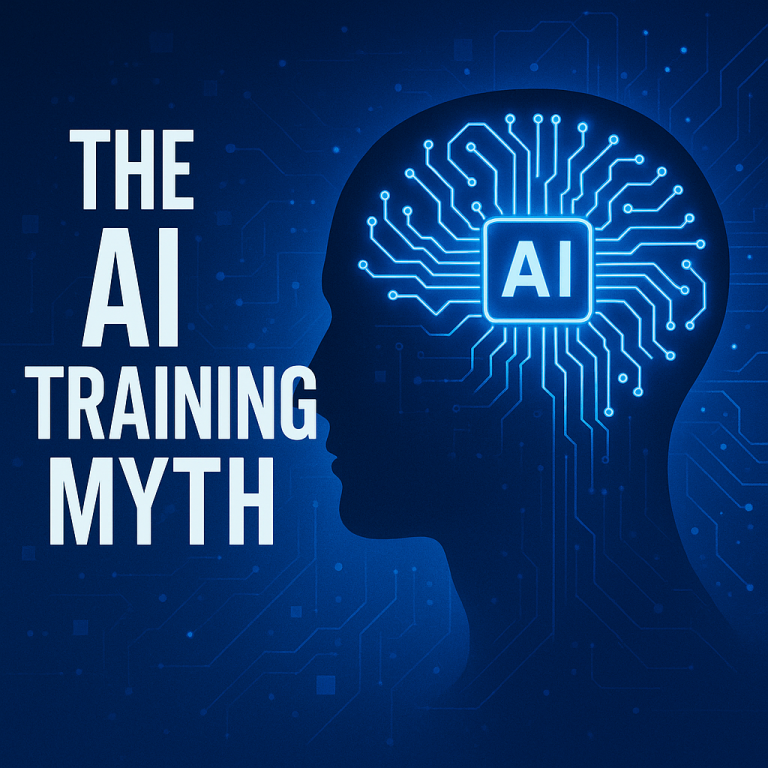Why Payroll Systems Are Mission-Critical in HR Tech
Payroll has always been a core module within HR systems—and increasingly a non-negotiable necessity. Whether in domestic or international HR software, a payroll module is typically a standard feature.
Yet, despite widespread adoption, capabilities differ drastically. Budget and technical expertise limit many vendors to serving SMEs. Only a few vendors offer truly global payroll systems suited for multinational enterprises or conglomerates.
Over the years, Gartner—a global research and advisory firm—has consistently recognized vendors like Oracle, Workday, SAP, UKG (Pro), and Ceridian in leadership positions for HR technology. Among them, Oracle PeopleSoft stands out in China for its robust payroll module, offering a proven solution widely adopted by large enterprises.
To better understand its design, we interviewed experienced PeopleSoft payroll consultants. Here’s what we learned.
Is PeopleSoft Really the World’s Top Payroll System?
Labeling one system as “the best” can be misleading. Experts at KnowB2B who have implemented SAP, EBS, and Workday agree that each has unique strengths. That said, PeopleSoft stands out for its configurability, business logic flexibility, and non-reliance on hardcoded customizations.
Unlike EBS, which requires scripting via FastFormula, PeopleSoft enables payroll logic to be built entirely through configuration. HR professionals often manage these settings themselves—evidence of its user-friendliness and adaptability.
No system is perfect, but PeopleSoft is indisputably one of the top-tier global payroll systems—backed by successful rollouts across industries and validated by analyst firms like Gartner.
Key Design Principles of PeopleSoft Payroll
1. A Time-Tested Architecture
The Core HR and Global Payroll (GP) modules in PeopleSoft have remained architecturally stable over decades. This reflects the strength of its original design: scalable, modular, and globally applicable.
The foundational layer—Core GP—forms the base of all payroll functionality. While UI/UX and auxiliary features evolve, the underlying payroll logic has proven timeless.
What Makes a World-Class Payroll System?
Drawing from PeopleSoft’s design, here are seven essential features top enterprise payroll systems should offer:
1. Granular Payroll Calculations
Complex scenarios require precision:
- Mid-month salary adjustments
- Cross-entity transfers
- Retroactive social security base changes
- Multi-month leave or termination calculations
PeopleSoft handles these intricacies natively through element segmentation and date-sensitive logic—eliminating the need for manual intervention.
2. Differentiated Configuration
Diverse payroll structures across business units, locations, and employee types (monthly, semi-monthly, weekly) must be configurable—not hardcoded. PeopleSoft supports this via multi-layered, multidimensional rules that adapt to varied organizational needs.
3. Retroactive Processing
Whether due to delayed approvals or backdated policy changes, automated retroactive calculations are critical for saving time and ensuring accuracy. PeopleSoft supports comprehensive retro-processing entirely through configuration.
4. High-Performance Computation
Enterprise-grade systems must efficiently process payroll for 50,000+ employees without performance issues. PeopleSoft’s architecture supports fast calculations even in large-scale environments.
5. Global Compliance
Support for multi-currency, multi-language, and country-specific tax rules is essential for international operations. PeopleSoft’s extensible framework helps enterprises stay compliant across jurisdictions.
6. Seamless Integration
Payroll pulls data from HR, attendance, and performance modules. A robust system must integrate seamlessly across these systems and with ERP/finance tools to ensure data integrity.
7. Full Configurability (No-Code)
Payroll rules evolve frequently. Systems that require developers for every change are impractical. PeopleSoft allows HR professionals to adjust rules via its configuration engine—no code required.
Unique Design Highlights Worth Learning From
1. Six-Layer Organizational Hierarchy
PeopleSoft’s organizational model supports rich business scenarios. Each layer—from enterprise to cost center—can be flexibly configured, offering powerful segmentation and business control.
2. Element-Based Framework
At its core, PeopleSoft uses payroll elements—modular building blocks akin to Lego—to assemble complex payroll logic. Seasoned consultants can configure these elements to maximize performance and accuracy.
Pro tip: In real-world implementations, experts using the same hardware and similar workforce sizes have delivered up to 10x faster calculation speeds just through better element configuration.
3. Segmented Calculations and Efficient Retro Processing
Segmenting calculations based on different conditions ensures precision without redundancy. PeopleSoft’s intelligent segmentation avoids unnecessary recalculations, enhancing speed and accuracy.
Its retro-processing is equally robust, enabled through intuitive configuration without complex scripting.
Conclusion
PeopleSoft offers a compelling case study in designing flexible, scalable, and globally compliant payroll systems. From its robust element framework to unmatched configurability, it serves as a benchmark for HR software architects and enterprise HR leaders.
As global enterprises scale, payroll complexity grows—making systems like PeopleSoft not just useful, but essential.


